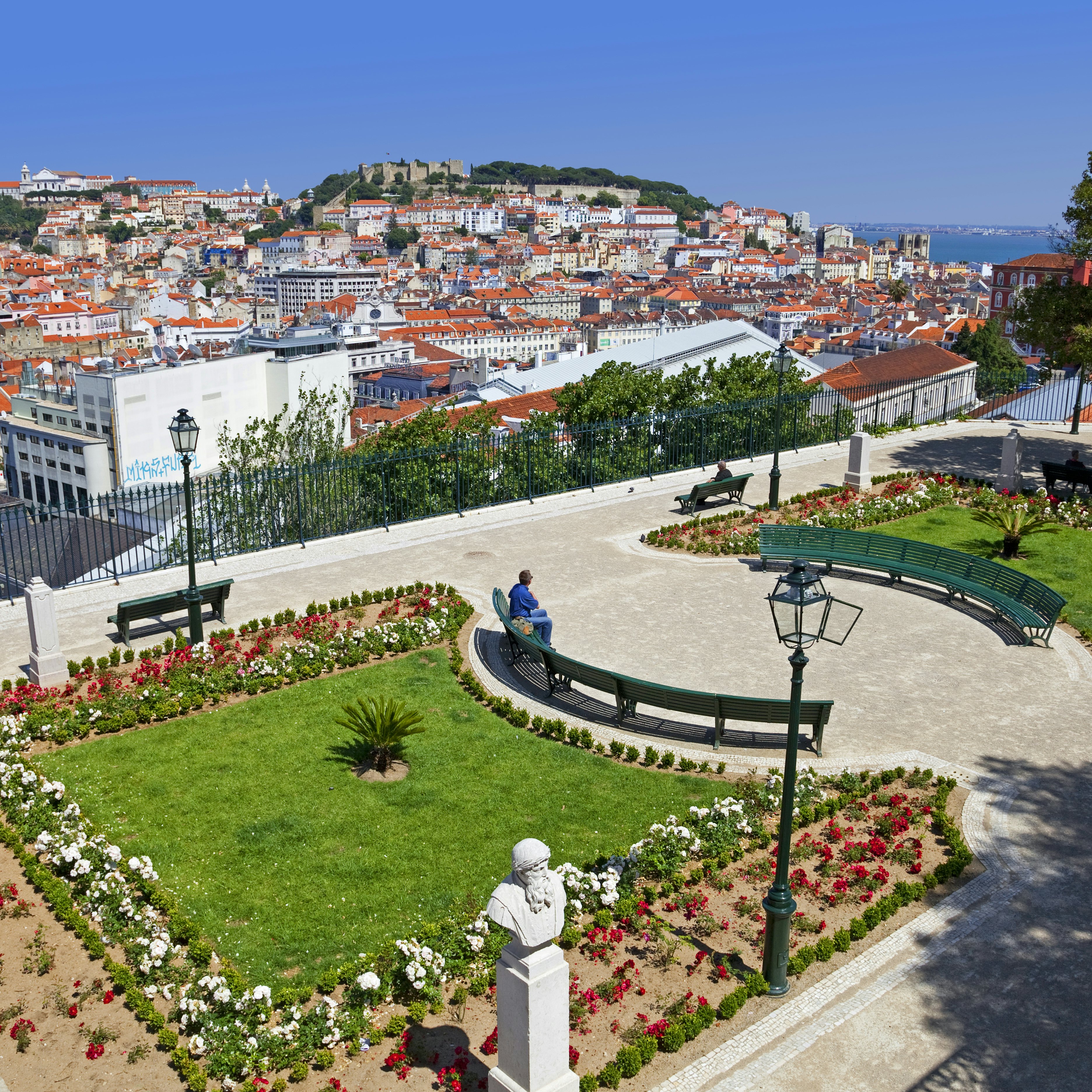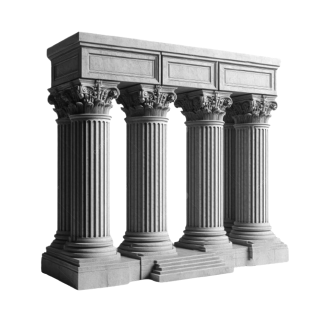
Overview
Three neighbourhoods, three very different personalities. Chiado invites days spent boutique-shopping, gallery-hopping and lingering in literary cafes. Its more rakish, party-loving neighbour is Bairro Alto, a tangle of lanes harbouring dozens of shabby-chic shops, late-night bistros and hole-in-the-wall bars. Swinging south, Cais do Sodré has reinvented itself from red-light district to nightlife hub.
Leave the planning to a local expert
Experience the real Bairro Alto, Chiado & Cais do Sodré. Let a local expert handle the planning for you.
Must-see attractions
Get a book. Get inspired. Get exploring.
in partnership with getyourguide















